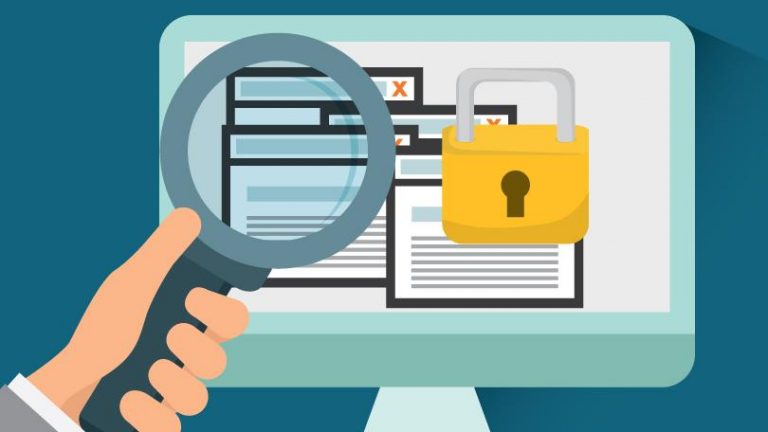In recent years, there has been a significant increase in cyber attacks against companies. Cybercrime is getting bigger day by day and poses a great threat to many companies. In terms of preventing cyber attacks, companies should take serious security precautions. Many organizations now use reliable and cutting-edge solutions like VPNs to protect their data because of the threat of cyberattacks.
However, VPNs can be inefficient in providing the highest level of security, especially these days. At this point, replacing VPN with Zero Trust can be an effective solution for businesses. According to statistics of 2019, Zero Trust security efforts were used by only 16% of companies worldwide. By 2022, the adoption of Zero Trust security solutions had increased by up to 97 percent as a result of the coronavirus (COVID-19) pandemic and the shift to remote and hybrid work environments.
A strong security service called Zero Trust Architecture operates under the “never trust, always verify” principle. This service has excellent detection and prevention capabilities for each data system component. In addition to bolstering software security, it can also make systems more secure and protect against hostile actors. While VPN is so popular, the fact that Zero Trust is more comprehensive and more powerful is the biggest reason to replace it with a VPN.
Contents
What Is Zero Trust?
Zero Trust is not a technology, but an effective change in the approach to cybersecurity. It was designed based on the proposed architecture for the understanding that the typical “defense-in-depth” approach is flawed due to the inheritance trust model. It is a quality service to meet the need for a new model that allows embedding security in the DNA of the network.
What Are The Principles of Zero Trust?
Implementing Zero Trust, one of the network segmentation best practices, limits potential attack surfaces to external and internal threats by separating internal traffic running around a corporate network.
Zero Trust rigidly follows a set of five principles that control user access and data management in all businesses. These principles consist of:
Implementing authentication and authorization strictly.
Before allowing access, all resources require required authentication, frequently combined with technologies like multi-factor authentication (MFA). No account should have implicit access without explicit approval, in accordance with Zero Trust principles.
Keeping all communications secure, regardless of network location.
Having physical network locations alone should never be understood as providing complete security. The same security procedures must be followed on both corporate and non-corporate network connections to access resources.
Gathering information to improve security
To maintain and raise security standards, organizations must gather and preserve current data from various sources, including network infrastructure and communications.
Maintaining the integrity of business data
Organizations evaluate vulnerabilities, patch levels, and other potential cybersecurity threats in order to measure and monitor the security and integrity of all owned and related assets.
Considering each and every data source and computer as a resource
Organizations should consider any device with access to an enterprise-level network as a resource. Each gadget used for commercial purposes needs to be secured and safeguarded from outside dangers.
Why should companies use Zero Trust in cloud environments?
The company in charge of the network itself is responsible for putting Zero Trust into action. To safeguard critical applications, such as those in on-premises data centers, from unwanted access and lateral movement, it decides where boundaries can be set and implement access rules.
Nowadays, hosting an application in the public cloud is frequently more affordable than doing it in a data center. In actuality, cloud-based infrastructure or applications are used by the great majority of businesses.
The same kinds of network restrictions do not apply because these environments, run by cloud service providers and SaaS suppliers, are not a part of an organization’s network.
How To Implement Zero Trust?
Use cloud-provided security measures to implement Zero Trust in public cloud services to help protect data in the cloud.
Ensure that consumers have a safe, reliable, and seamless experience regardless of their location, preferred method of connection, or choice of applications.
Otherwise, people won’t accept it if the user experience is too complicated or necessitates too much modification whether they work from a different location or use a different app. By regulating user access based on context, you may reduce the attack surface area.
Conclusion
The continuous development of technology has left us all vulnerable to cyber-attacks. The cybercrime rate is increasing year by year and will never stop. Hackers can therefore take your information, money, and reputation if there is no cybersecurity. There are many ways to protect your business from cyber-attacks, all you have to do is understand the importance of cyber security and take action.
Effective security measures like Zero Trust protect companies from huge losses. These losses can sometimes be financial and sometimes immaterial. In order to prevent such losses, companies should update their security systems in parallel with the emergence of new technologies and new legal regulations, and should not neglect them.

